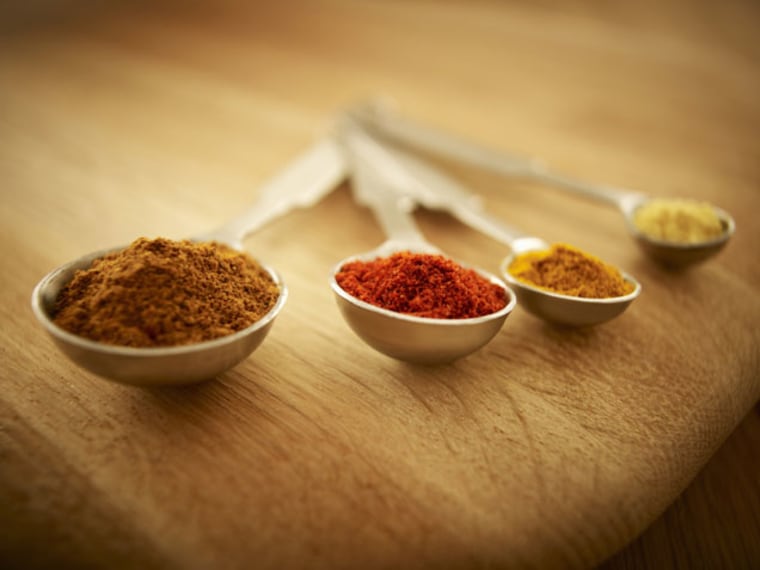Sure, we know what precautions to take to avoid getting salmonella poisoning from raw chicken and eggs. But who knew the bacteria can lurk in our spice rack too?
According to a new report by the FDA, salmonella is found in a number of popular dried spices, most commonly in imported varieties that come from 37 countries—especially Mexico and India, as the New York Times detailed in a recent article. The most typical offenders are oregano, basil, curry powder, sesame seeds, and pepper.
The bacteria is present in nearly 7 percent of imported spices, the FDA has found—roughly twice the rate of contamination of other imported foods.
It's not just imported spices that carry risks. Domestic varieties have been linked to salmonella outbreaks too, and the bacteria has been known to infect spice mixes and salt-substitute blends. It shows up slightly more frequently in ground or cracked spices than in whole spices.
A 2010 salmonella outbreak in the U. S. was traced to contaminated black and red pepper. But since salmonella can survive in dried spices for years on end, it can often be tough to link outbreaks of illness that happen years apart.
The good news? Cooking spices (at a minimum of 160 degrees Fahrenheit) kills the salmonella bacteria. Trouble is, many spices—especially pepper—are often added to foods after cooking.
The FDA is currently working with spice producers to further reduce and control the risk of salmonella contamination. The agency plans to release a more comprehensive report in the fall, so stay tuned.
In the meantime, go through your spice collection and throw out the ones that have been sitting around for too long (they've probably already lost a lot of their taste and fragrance by now anyway). And turn up that heat.
A version of this story originally appeared on iVillage.
